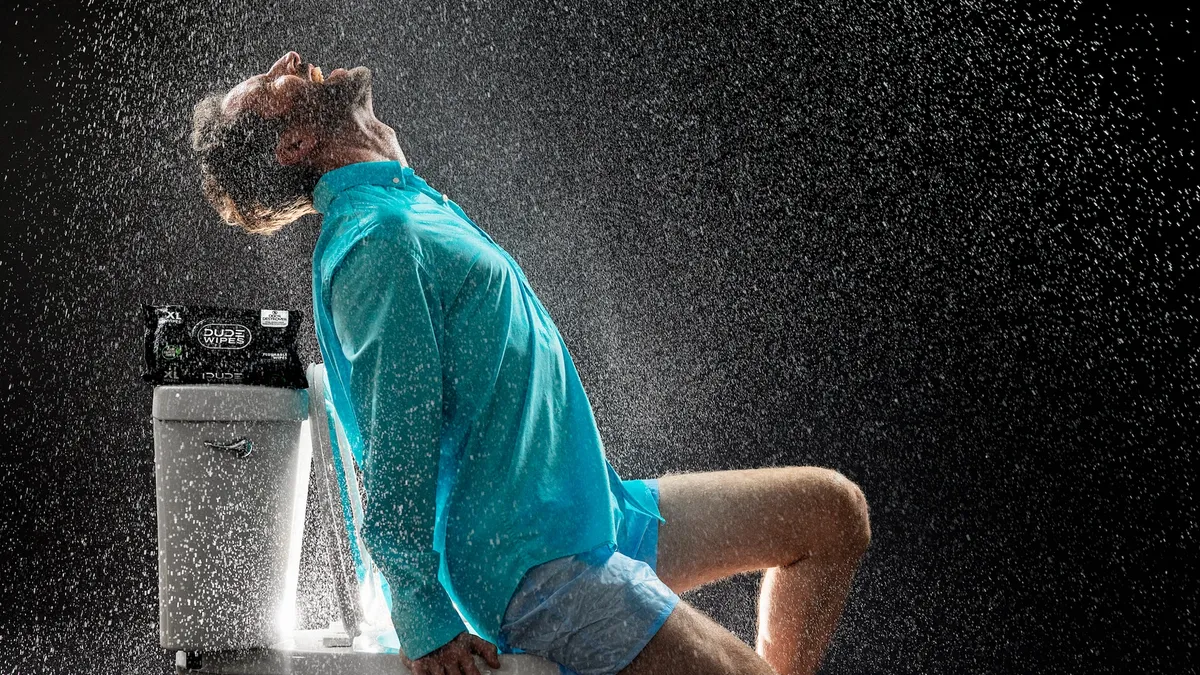Known for inspiring copycats from rival platforms like Instagram and YouTube, TikTok now seems to be stealing a page or two from relatively new player BeReal, the “anti-Instagram” app that prompts users to upload a photo of themselves once per day without the help of editing tools or filters.
On Sept. 15, the ByteDance-owned platform announced its newest offering, TikTok Now. The feature utilizes a similar dual-camera function to the one BeReal is known for, challenging users to post a 10-second video or a picture of themselves spontaneously each day. Similar to BeReal’s push notification — “It’s Time to BeReal” — users receive a message reading “Time to Now” on TikTok.
At the moment, TikTok Now is available as a standalone app in some regions but is only being offered as a built-in feature in the U.S., BeReal’s largest market. Some hypothesize the experiment could represent TikTok vying to win over markets where BeReal hasn’t yet gained a foothold. Given TikTok’s size and favor with Gen Z, it could also help marketers gauge whether the candid BeReal format is something that holds appeal on a larger scale.
“The level of success that TikTok sees by using BeReal’s strategy will help dictate whether this is just a trend for a certain audience that loves to engage and share this way — or whether there is a broader appetite for this type of content,” said Rob Jewell, chief growth officer at Power Digital, in an email.
Ditching the script
Founded in France, BeReal today boasts more than 10 million daily active users, up from 10,000 daily users just a year ago, and has been downloaded over 43 million times. Almost 41 million of those installs occurred this year, according to Apptopia findings, with the U.S. contributing 40% of new users. Other top markets inlcude the U.K. and France. At the time of publication, BeReal was ranked the No. 1 free app in the iOS App Store, four spots ahead of TikTok.
Interest in a more candid format ties into demand from consumers for authenticity, a value that has dominated the way brands try to shape their social media strategy. Brands using BeReal could feel like a breath of fresh air for consumers feeling bogged down by edited and scripted content, according to Annie Leal, vice president of content at digital media company My Code.
“The allure of [BeReal] is the spontaneity and unfiltered quality followers get to experience,” Leal said in an email. “With so many platforms that create opportunities for polished editing, it is refreshing to get a “real” look at a brand and the personalities behind them.”
Some have already tried their hand at BeReal. Chipotle, one of the first major brands to activate on the platform, shared reusable promo codes in its posts for a week that were redeemed in less than a minute. Beauty brand E.l.f. also took to the platform to give users exclusive access to behind-the-scenes content, like sneak peeks of product drops and photo shoots.
“There are so many opportunities for brands to build organic following and showcase their personality and values through this new medium the same way that many brands had an enormous advantage being the first to jump on TikTok,” Leal said. “More importantly, it is a chance for brands to set the trends themselves and be at the forefront of what ‘works’ in terms of brand marketing on BeReal.”
Chipotle and E.l.f. both command massive followings on TikTok and represent the types of brands that could, in theory, experiment with TikTok Now. In the same way that Instagram Stories once grabbed attention away from its Snapchat progenitor, TikTok Now might eventually hurt the odds of other big brands prioritizing BeReal, especially since TikTok has a more established ad infrastructure and sales relationships.
“The larger platforms like TikTok have very little to lose by testing the functionality BeReal offers,” said Jewell.
Testing the waters
Currently ad-free, BeReal is reportedly exploring subscription models that include in-app purchases in place of an ad-supported model, though the latter may still be in the cards. If ads are to come in the future, it would likely be a slow rollout, selling manually to larger brands and agencies before a self-service option is available, Jewell said.
TikTok meanwhile already has a booming ads business and recently revamped its social commerce offering ahead of the holidays. Lacking the framework and resources to offer such features could prove to be a disadvantage for BeReal if it looks to ad dollars in the near future.
“In the short term, we can expect BeReal to focus on user growth and engagement, whereas the advertising platform could be years away,” Jewell said.
A faster way to connect with users on the platform could be through influencer activations, he added, strategically utilizing BeReal’s Discovery feature to tap into various markets. In August, it was reported that the app may be working on a new feature called “Discover your friends of friends” that could support potential influencer activations.
Though TikTok’s move to copy BeReal is noteworthy, it’s not the only platform paying attention to the newcomer. In August, Snapchat rolled out its own dual-camera feature with enhanced tools, including the ability to pick multiple different layout options and add lenses, music and stickers to posts. Instagram is also rumored to be crafting something similar, called IG Candid Challenges, that prompts users to post within a two-minute window.
Cloning BeReal isn’t a surefire way to the top if the outpouring of TikTok copycats is any indication. Instagram Reels, a TikTok clone, has been promoted heavily by parent Meta but seen engagement nowhere near that of its budding rival. Still, making the dual-camera, candid concept popularized by BeReal more mainstream could help answer the question of whether or not brands should bank on it as they chase the next emergent social media trend.























